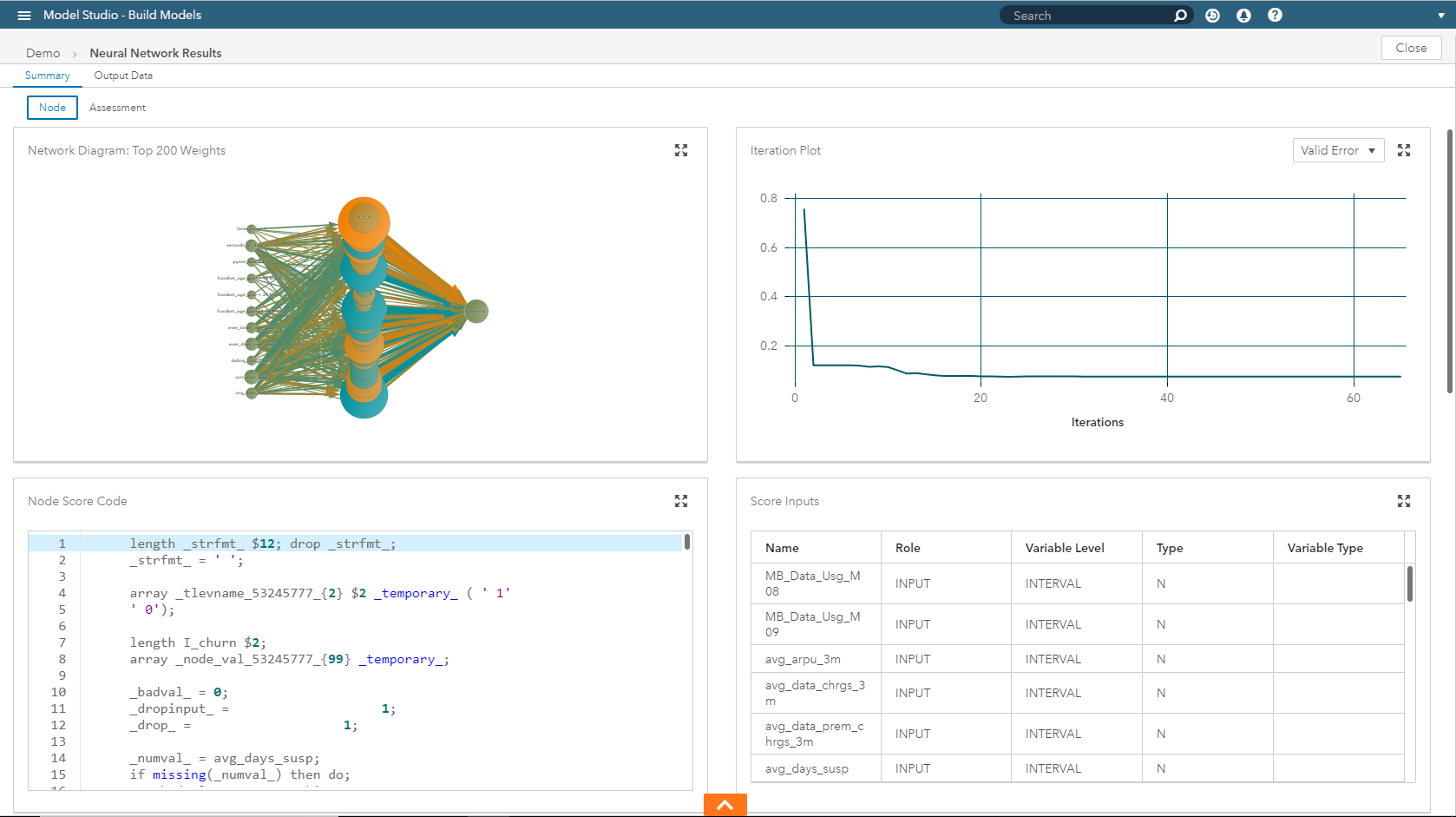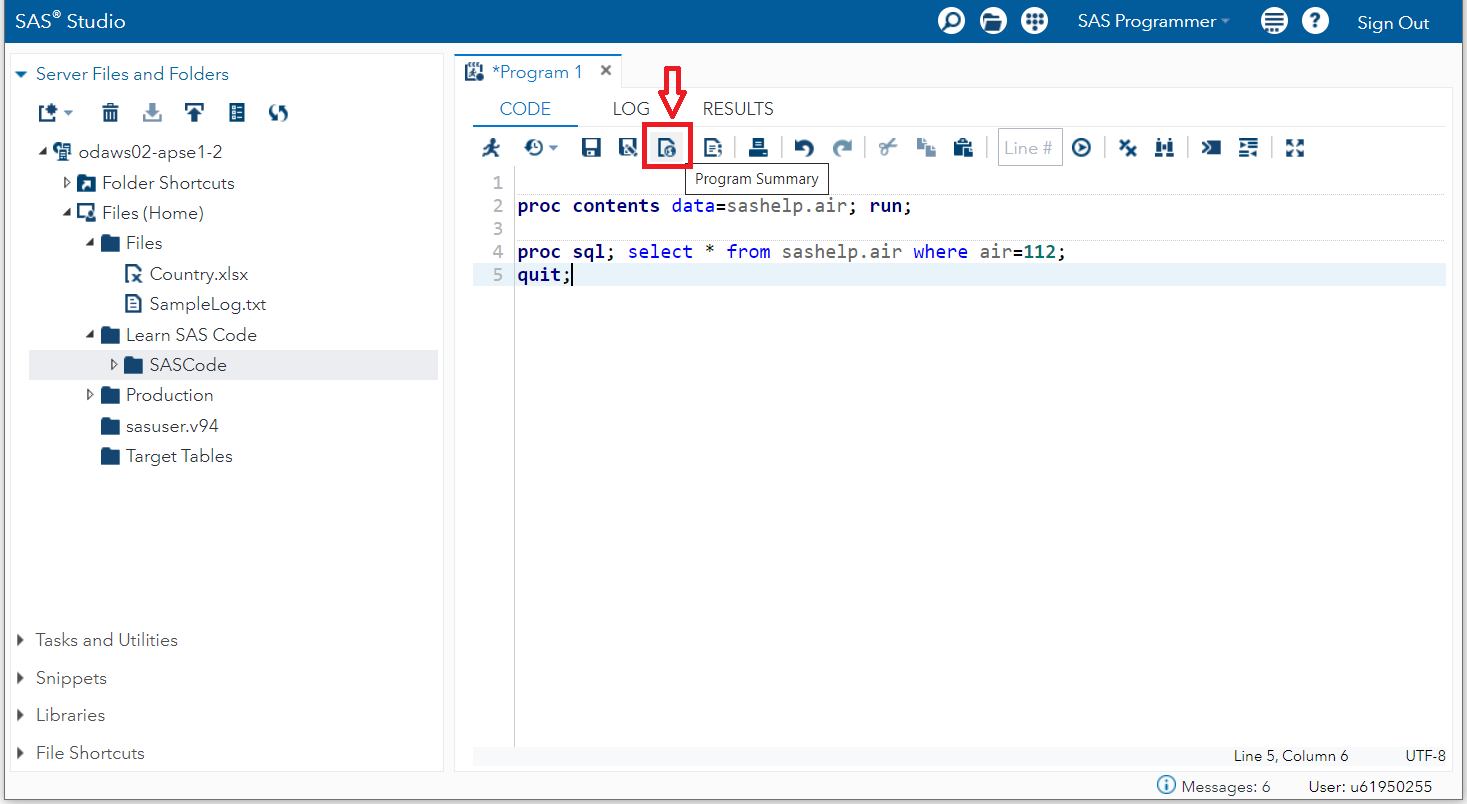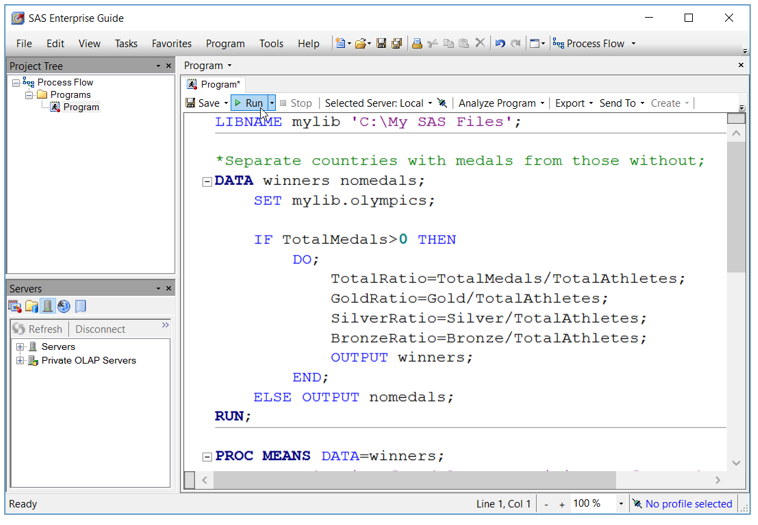How To Learn Sas Programming From Zero

Imagine a vast landscape of data, a universe of numbers waiting to be explored. You stand at the edge, a little intimidated, perhaps, but also brimming with curiosity. The key to unlocking this world? SAS programming. It might seem daunting from afar, but the journey from absolute beginner to proficient SAS programmer is more accessible than you think.
This article serves as your guide, a friendly roadmap to navigate the world of SAS. We'll break down the learning process into manageable steps, highlighting key resources and strategies to help you master this powerful data analysis tool, even if you're starting from scratch.
Why Learn SAS?
SAS (Statistical Analysis System) isn't just another programming language; it's a comprehensive software suite widely used in industries like healthcare, finance, and pharmaceuticals. According to a report by Analytics Insight, the demand for SAS professionals remains strong, particularly in sectors requiring robust data analysis and regulatory compliance.
SAS's strength lies in its ability to handle large datasets, perform complex statistical analyses, and generate insightful reports. This makes it invaluable for data-driven decision-making, forecasting trends, and ensuring compliance with industry standards.
Getting Started: Your First Steps
The initial steps involve understanding the fundamentals. Start with the basics: what is SAS, what can it do, and what are its core components?
Many online resources offer introductory courses, often free or at a low cost. Platforms like Coursera, Udemy, and edX provide structured learning paths designed for beginners. Look for courses that cover topics like SAS syntax, data input, and basic statistical procedures.
Free Resources: Your Allies in Learning
SAS offers a wealth of free resources for learners. SAS OnDemand for Academics is a cloud-based platform that provides free access to SAS software. This eliminates the need for costly software installations and allows you to start practicing right away.
The SAS website also hosts a comprehensive documentation library, tutorials, and sample code. Don't underestimate the power of these official resources. They are invaluable for understanding the nuances of the language and troubleshooting issues.
Building Your Skills: Practical Exercises and Projects
Theory is important, but practice is paramount. Once you've grasped the basics, start working on small projects.
Begin with simple tasks, such as importing data, creating basic reports, and performing descriptive statistics. As you gain confidence, tackle more complex projects, such as building predictive models or analyzing real-world datasets.
Consider participating in online forums and communities. Platforms like Stack Overflow and the SAS Community provide opportunities to ask questions, share your code, and learn from experienced programmers. Engaging with others is a great way to accelerate your learning and stay motivated.
Advanced Techniques and Specialization
As you progress, you can delve into more advanced topics, such as macro programming, SQL integration, and specialized statistical procedures. Identify your areas of interest and focus your learning accordingly.
For example, if you're interested in healthcare analytics, you might explore SAS's capabilities for analyzing clinical trial data or managing patient records. If you're drawn to finance, you could focus on using SAS for risk management or fraud detection.
Consider pursuing SAS certifications. These certifications demonstrate your expertise and can significantly enhance your career prospects. They validate your skills and provide a recognized standard of competence.
The Journey is the Reward
Learning SAS programming is a journey, not a destination. There will be challenges along the way, moments of frustration, and times when you feel like giving up.
But remember, every obstacle overcome is a step forward. Celebrate your successes, learn from your mistakes, and never stop exploring the vast and fascinating world of data.
With dedication, perseverance, and a thirst for knowledge, you can transform yourself from a complete beginner into a proficient SAS programmer, ready to tackle the data challenges of today and tomorrow. Embrace the journey, and unlock the power of data with SAS.


















